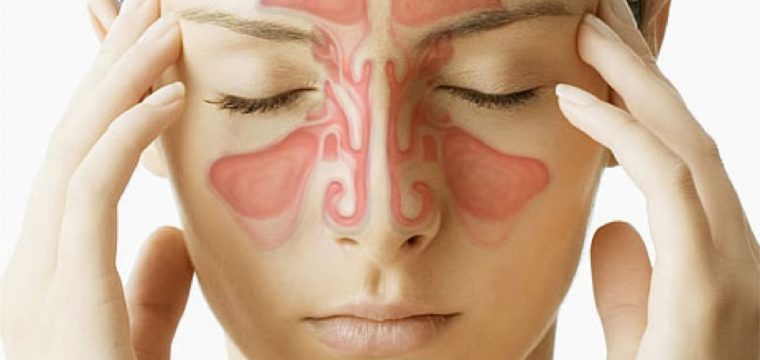
We have had a major influx of people suffering headaches into our Erina clinic in the last few months. So what I wanted to do was go over the most common headaches and the best natural treatment approaches and also go over the more dangerous signs that your headache may be something underlying that needs to be addressed urgently.
Sonya was referred to our clinic by a friend that had also suffered headaches and as she had great results with getting rid of her headaches she referred a friend who had suffered headaches since her early 20s. We did a thorough history and then conducted an orthopaedic and neurological exam including looking at her cranial nerves, blood pressure and an eye exam. Sonya was fit and healthy otherwise but found she was getting headaches so often she was spending at least one day a fortnight in bed.
With two young kids she felt like she was missing out and she had already tried medication which made her tired and dopey. We found that she had two distinct sorts of headaches, she had a cervicogenic migraine that seemed to progress over time to s severe cluster headache that would really knock her out.
Finally having a diagnosis rather than just covering up the effects she was able to do her own research find what some of the triggers were that brought on her headaches and also have better ways of managing the headaches when they came on. Last time we saw Sonya she hadn’t had a migraine for four months.
So lets help you find out what sort of headache you have.
There are over 150 different types of headaches so the first thing you should do is get an expert opinion if your headaches are severe, have lasted more than 2 days or keep recurring. In this article we will go over the most common headaches.
1.Tension Headaches
These are the most common headaches, they feel like a tightening around the head or like a dull pressure. The pain is mild to moderate and they normally improve after a day. Underlying causes can be grinding your teeth-your dentist will let you know if you are doing this. To help hold your fingers like a claw and put the fingers in a fan shape around your temples and make small circles and this can help release some of the muscle tension.
Migraines
Migraines are most common in people 30 to 40 years old and often will improve in your 50s and 60s. Again there are over 30 different types of migraine from abdominal migraines to Cluster Migraines, Traumatic Migraines and even hemiplegic Migraines.
Migraines can last anywhere from 3 hours to a few days and they usually occur from once a month to 3 to 4 times per month. Along with head pain people often are sensitive to light, noise or smells, they can have stomach pain, nausea or vomiting and often look pail and feel dizzy. The key with migraines is to find out what sort of migraine you have and then act quickly at the start of the migraine. This can often greatly reduce the severity and sometimes stop the migraine from progressing. If it is a vascular type of migraine – that is one that is a throbbing type of pain then often simple things like running cold water over your wrists and putting a cool wet cloth on the back of the neck can help.
Please be aware that if your headaches wake you at night or you start to get weakness, changes in sensation or continue for extended periods of time then seek medical care urgently. As some very severe conditions like brain tumors can often first present as headaches.
Just to throw a spanner into the works there is a mixed headache syndrome which displays the Character of both a migraine and a tension type headache. Both adults and children can get these sorts of headaches. In our clinic in Erina we are seeing more and more of these sorts of headaches that are often misdiagnosed as one or the other. I think the big increase in these types of headaches recently is due to the increasing use of mobile phones. It is due to both the position your neck is in and the brightness and flicker rate of the screen.
F.lux is a great free download that changes the hue of your computer very slightly to simulate sunrise, midday and sunset. This can help reduce one of the triggers for headaches and can help with sleep.
Chiropractic care addresses migraines in a number of ways. Firstly it addresses the muscle spasm that typically comes on with a migraine. This muscle spasm reduces the blood flow to the head and neck and often will increase the severity of symptoms. Chiropractic treatment in our clinic we also focus on whether it is your sympathetic nervous system (the fight or flight part) or your parasympathetic nervous system that is involved with the headache and we give you techniques and procedures to help balance this out. As well as addressing this in our treatment approach.
3.Cervicogenic migraine is obviously from the neck and around 40% of migraines have a link to the neck. We often find that improving the function of the cervical spine can make a major difference in the frequency of migraines as it removes a very common trigger which is your neck position at night or in the day.
4.Cluster Headaches are severe headaches that often last just a few hours but can be so severe that people cannot sit still. People often get these a few times a day for weeks or sometimes months and then suddenly stop only to recur months or years later. Chlorophyll supplements have been shown to help as has L-Tryptophan. Some people feel breathing exercises help them deal with the attacks.
5.Sinus Headaches often feel deep in the head at the front or under the eyes. These will typically get better or worse with head position-putting your head down increases the pain. Sinus drainage kits that flush the sinus with salty water or saline can help. If this is recurrent you may have a deep seated infection as it is the best place for bacteria to grow. A course of antibiotics will help if this is the case.
6.Chronic Progressive Migraines are sometimes called inflammatory headaches. These headaches tend to get worse over time and often become more frequent also. They make up less than 5% of headahces generally but can be due to another illness or problem within the skull or brain.
Although this is not an exhaustive list you can see that when you seek help for a headache it is crucial that you see the opinion of someone who has an in depth knowledge of the different types of headaches. You don’t want something serious going undiagnosed.
With modern treatment methods and an integrated approach to addressing the cause of your headaches they don’t need to be something that stops you from doing the things you love.

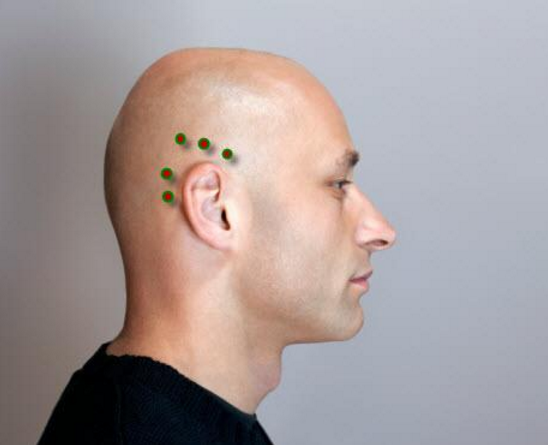
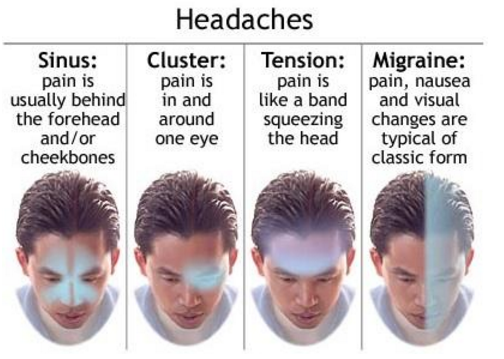

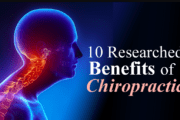
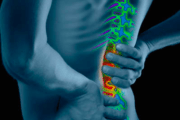

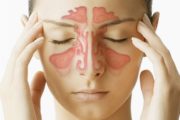

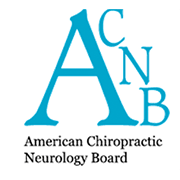

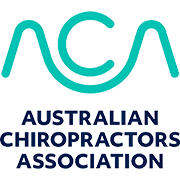
Comments